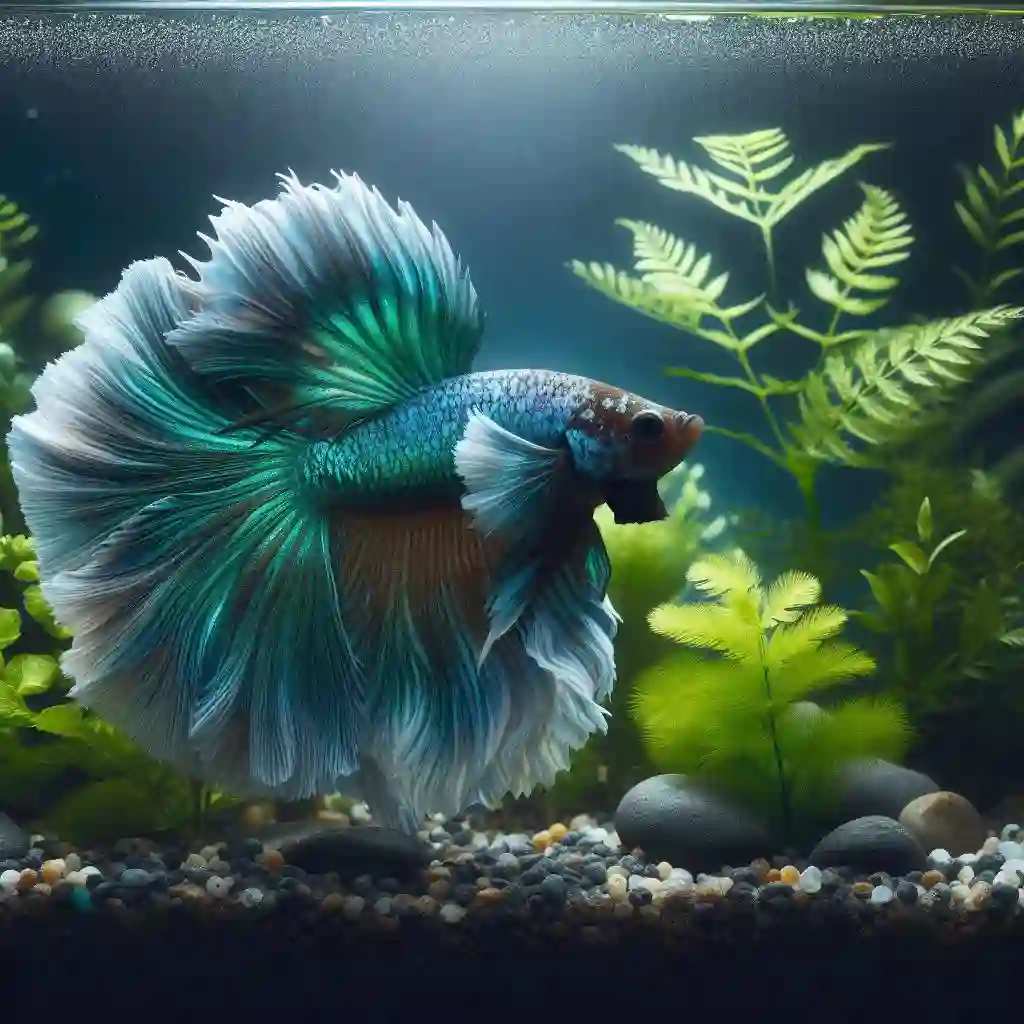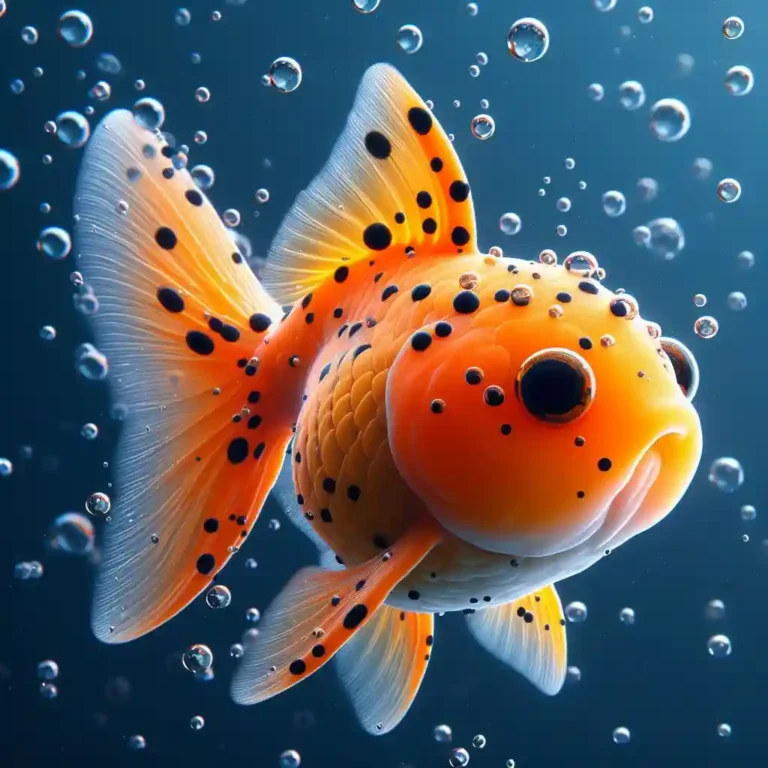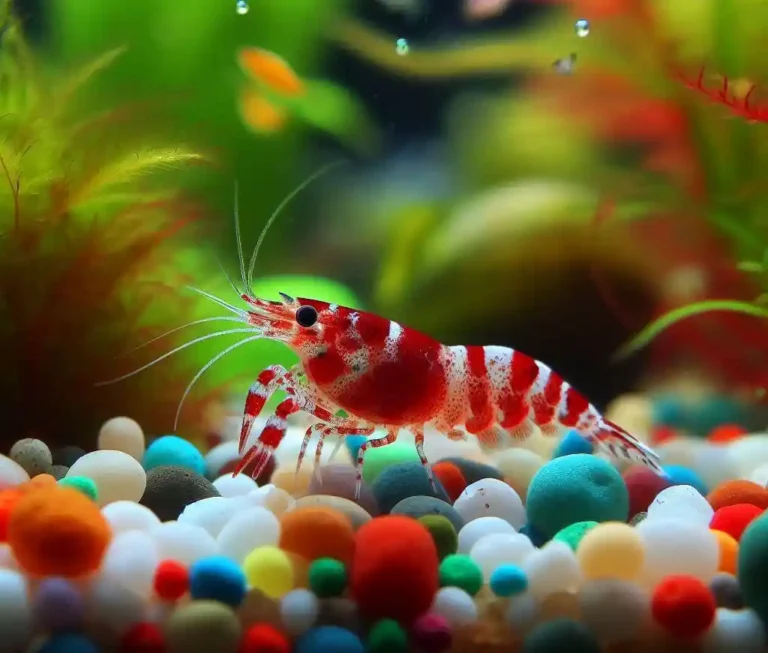Female Betta Tank Mates: A Guide to Choosing the Right Companions
Female Betta Tank Mates: Female betta fish can thrive in a community tank with the right tank mates. But which fish make good companions for your female betta?
With so many species to choose from, it can be overwhelming to determine which ones will get along peacefully with your beloved betta.
In this article, we’ll explore the best fish species that can be safely kept with female betta fish, as well as provide tips and guidelines for creating a harmonious and thriving community aquarium.
Female Betta Tank Mates – A Quick Overview
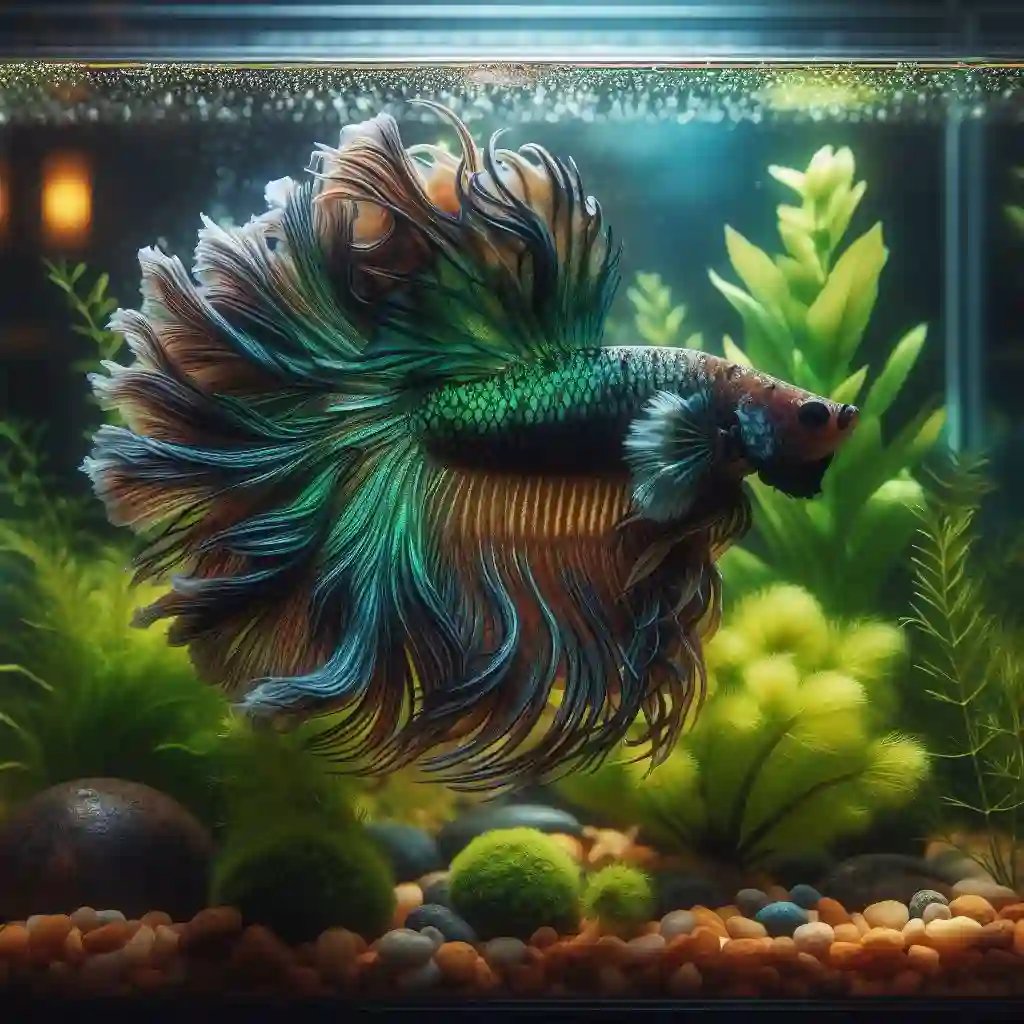
Choose Compatible Tank Mates
- Research and choose tank mates that are compatible with your female betta fish in terms of size, temperament, and water requirements.
Introduce Tank Mates Slowly
- Introduce new tank mates slowly and under close observation to prevent aggression and stress.
Provide a Balanced Environment
- Provide a balanced environment with plenty of hiding places, plants, and open swimming space to reduce stress and aggression.
Monitor and Adjust
- Monitor your tank’s ecosystem and make adjustments as needed to maintain a harmonious and balanced environment.
Some Good Tank Mates for Female Bettas
- Neon Tetras
- Harlequin Rasboras
- Corydoras Catfish
- Zebra Danios
Understanding Female Betta Behavior: What to Expect

Female betta fish, also known as sororities, are often misunderstood and mistreated. Here are a few key things to keep in mind:
- Female betta fish are not as aggressive as males: While they can still be feisty, female betta fish are generally less aggressive than their male counterparts. However, they can still be territorial and defend their space.
- They are social creatures: Female betta fish thrive in the company of others, especially when kept in small groups. In the wild, they live in small schools, and this social interaction is essential for their well-being.
- They can be fin-nippers: Female betta fish, especially those that are not well-socialized, may nip at the fins of other fish. This behavior can be minimized by providing plenty of hiding places and visual barriers.
- They are curious and active: Female betta fish are active swimmers and love to explore their surroundings. They need plenty of space to swim and exercise.
- They can be sensitive to stress: Female betta fish can be sensitive to changes in their environment and may become stressed if their tank is not well-maintained or if they are harassed by other fish.
The Benefits of Keeping Female Betta Fish in a Community Tank
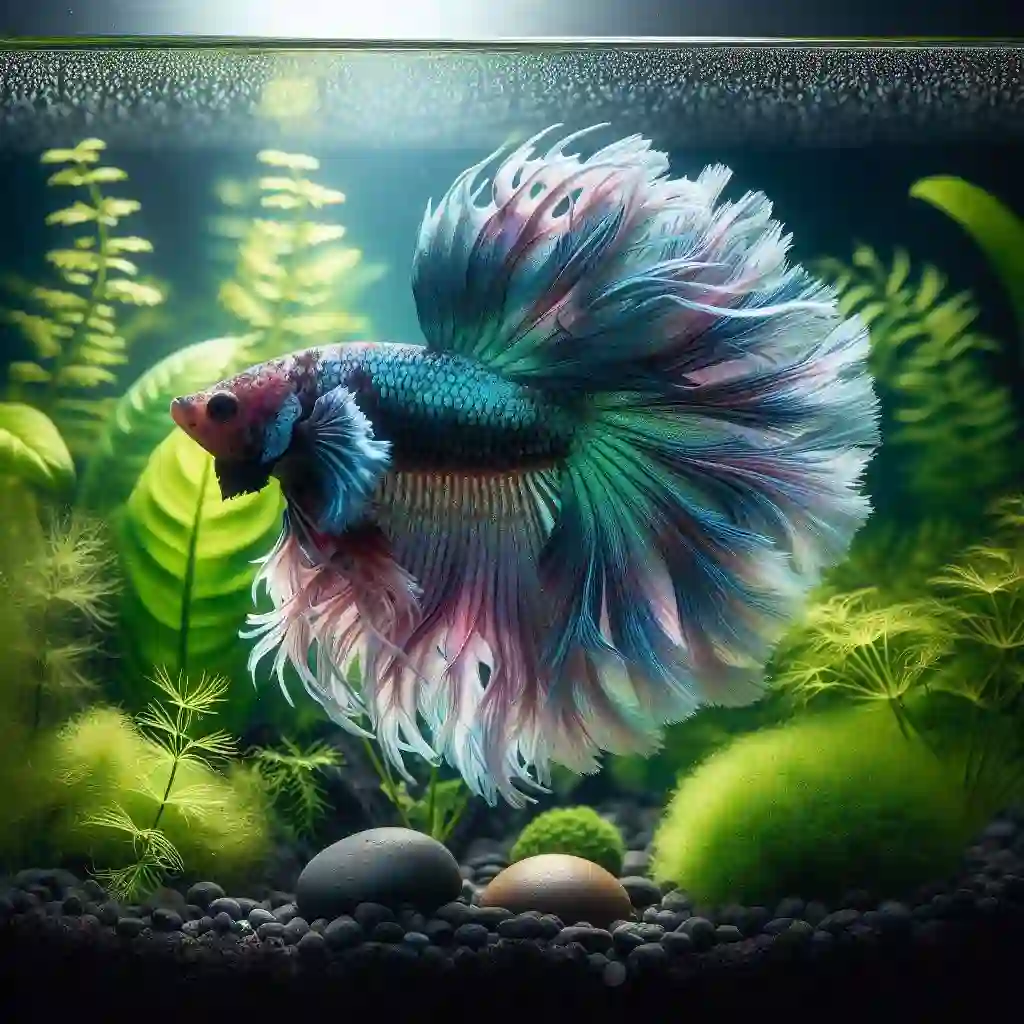
Keeping female betta fish in a community tank can have numerous benefits for both the fish and the aquarist.
- Reduced Aggression: Female betta fish are less aggressive when kept in a community tank, as they are distracted by the presence of other fish and have less opportunity to focus on defending a specific territory.
- Increased Socialization: Female betta fish are social creatures that thrive in the company of others. Keeping them in a community tank allows them to interact and socialize with other fish, reducing stress and boredom.
- Improved Water Quality: With multiple fish in the tank, the biological load is distributed, and the water quality is easier to maintain. This can lead to a healthier environment for all the fish.
- Enhanced Visual Interest: A community tank with a female betta fish and compatible tank mates can be a visually stunning display, with a variety of colors, shapes, and swimming patterns.
- Reduced Fin Nipping: When kept with other fish, female betta fish are less likely to develop fin nipping behavior, as they are occupied with exploring their surroundings and interacting with their tank mates.
- Increased Activity: A community tank can stimulate female betta fish to be more active, as they explore their surroundings and interact with their tank mates.
- A More Natural Environment: Keeping female betta fish in a community tank can mimic their natural environment, where they would typically live in small schools.
Top 5 Fish Species That Make Great Tank Mates for Female Bettas
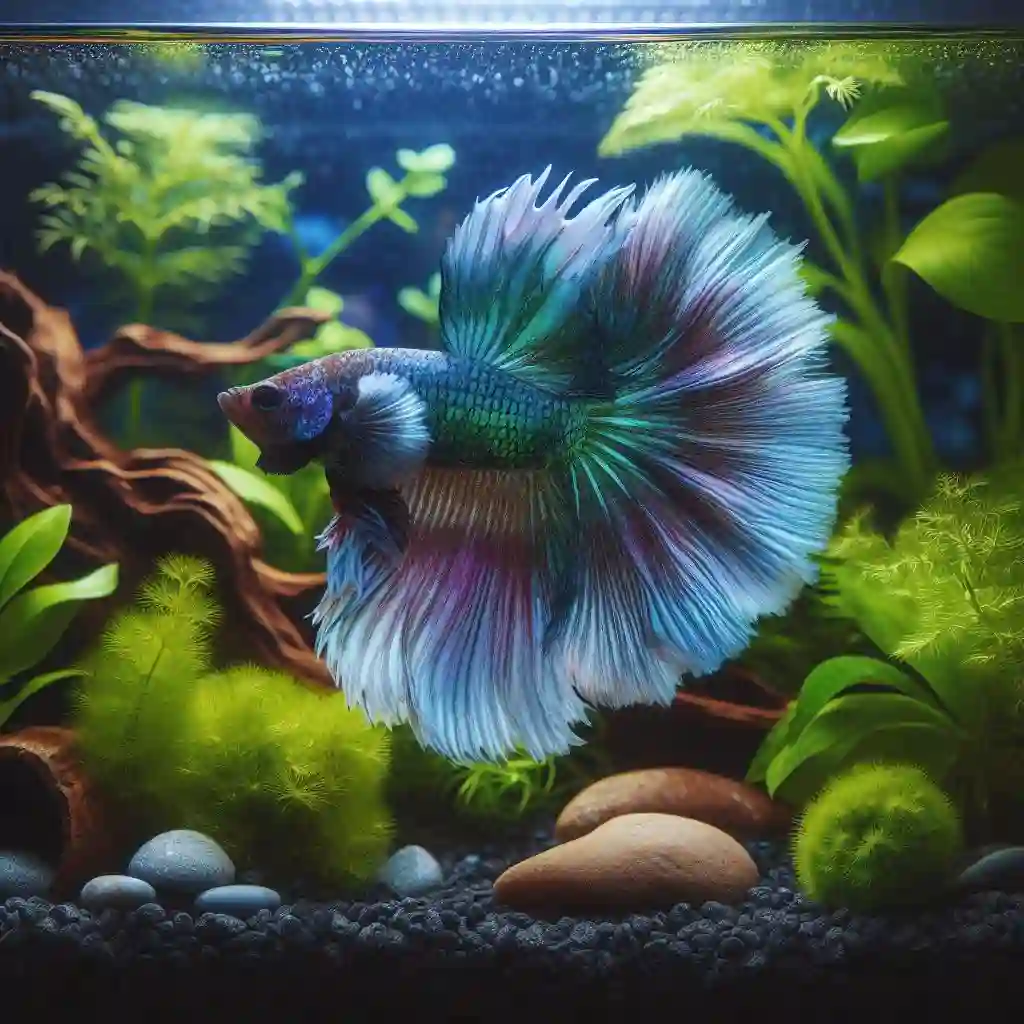
1. Neon Tetras
Neon Tetras are a popular choice for community tanks, and they make excellent tank mates for female bettas. These small, schooling fish are very active and can be kept in a school of 6-10 individuals. They are easy to care for and add a splash of color to the tank.
2. Harlequin Rasboras
Harlequin Rasboras are another peaceful, schooling fish that thrive in community tanks. They are easy to care for and can be kept in a school of 6-10 individuals. They are active swimmers and can be a great addition to a tank with a female betta.
3. Corydoras Catfish
Corydoras Catfish, or Cory Cats, are small, peaceful bottom-dwellers that make great tank mates for female bettas. They are easy to care for and can be kept in a school of 3-5 individuals. They are great for cleaning up food debris from the substrate.
4. Zebra Danios
Zebra Danios are active, hardy fish that are easy to care for. They are tolerant of changes in water temperature and quality, making them a great choice for beginners. They are also very active and can be a great addition to a tank with a female betta.
5. Honey Gouramis
Honey Gouramis are a peaceful, small species of gourami that can make great tank mates for female bettas. They are easy to care for and can be kept in small schools. They are also very peaceful and can be a great addition to a community tank.
Neon Tetras, Harlequin Rasboras, and More: Small Schooling Fish for Your Tank
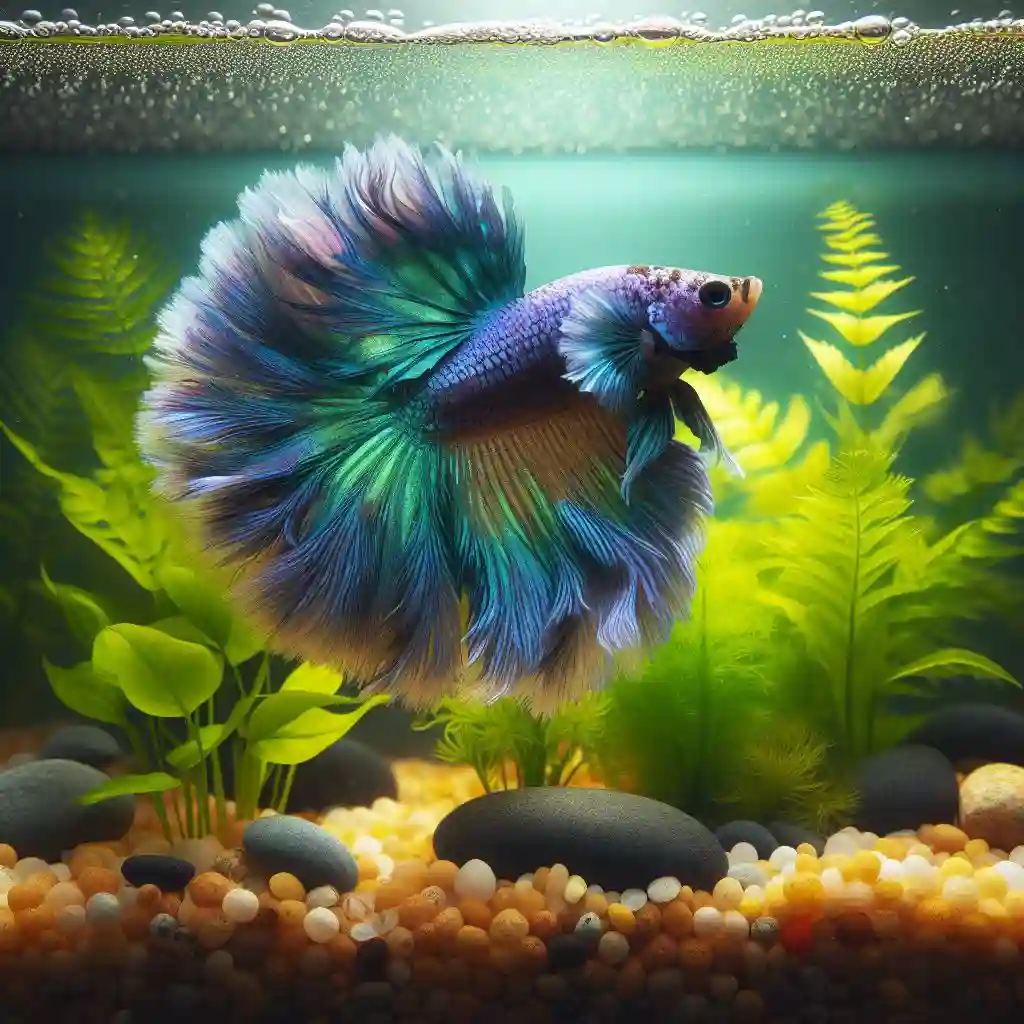
Neon Tetras
Neon Tetras are one of the most popular small schooling fish for community tanks. They are easy to care for, very active, and add a splash of color to the tank. Neon Tetras are schooling fish and should be kept in a school of at least 6-10 individuals.
Harlequin Rasboras
Harlequin Rasboras are another popular choice for community tanks. They are peaceful, easy to care for, and very active. They are also schooling fish and should be kept in a school of at least 6-10 individuals.
White Cloud Mountain Minnows
White Cloud Mountain Minnows are a hardy and peaceful species that can thrive in a community tank with a female betta. They are easy to care for and can be kept in a school of 6-10 individuals.
Lemon Tetras
Lemon Tetras are a small, peaceful species that can add a burst of color to your tank. They are easy to care for and should be kept in a school of at least 6-10 individuals.
Dwarf Neon Rainbowfish
Dwarf Neon Rainbowfish are a peaceful and colorful species that can thrive in a community tank with a female betta. They are easy to care for and should be kept in a school of at least 6-10 individuals.
Peaceful Bottom-Dwellers: Corydoras Catfish and Other Good Options
Corydoras Catfish
Corydoras Catfish, or Cory Cats, are a popular choice for community tanks. They are peaceful, small, and easy to care for. They are also great for cleaning up food debris from the substrate. Cory Cats should be kept in a school of at least 3-5 individuals.
Otocinclus Catfish
Otocinclus Catfish are another peaceful bottom-dweller that can thrive in a community tank with a female betta. They are small, easy to care for, and great for cleaning up algae from the glass and decorations.
Pygmy Corydoras
Pygmy Corydoras are a small, peaceful species that can be kept in a school of 3-5 individuals. They are easy to care for and great for cleaning up food debris from the substrate.
Loach Species
Loach species are a great choice for a community tank with a female betta. They are peaceful, interesting to watch, and can be kept in small schools. Some popular loach species include the Zebra Loach and Kuhli Loach.
How to Introduce New Fish to Your Female Betta’s Tank
1. Prepare a Quarantine Tank
Before introducing new fish to your female betta’s tank, set up a quarantine tank to acclimate the new fish to the water parameters and reduce stress.
2. Choose Compatible Tank Mates
Select fish species that are compatible with your female betta’s size, temperament, and water requirements. Research each species’ specific needs and ensure they are compatible with your betta’s needs.
3. Introduce Fish Gradually
Introduce new fish to the tank gradually, one or two at a time, to prevent overwhelming your female betta. Monitor their behavior and adjust the introduction process as needed.
4. Monitor Behavior
Observe your female betta’s behavior and body language during the introduction process. If you notice signs of aggression, such as fin nipping or chasing, remove the new fish immediately and try a different introduction method.
5. Provide Hiding Places
Ensure your tank has plenty of hiding places, such as plants, rocks, and decorations, to provide your female betta and new fish with a sense of security and reduce stress.
6. Maintain a Balanced Tank
Regularly test the water parameters and maintain a balanced tank to reduce stress and prevent aggression.
Tank Size, Water Parameters, and Other Essential Considerations
Tank Size
A minimum tank size of 10 gallons is recommended for a community tank with a female betta fish. This provides enough space for the fish to swim and thrive, and helps to maintain stable water parameters.
Water Parameters
Female betta fish prefer warm water with a temperature range of 76°F to 82°F (24°C to 28°C). The pH should be slightly acidic to neutral, ranging from 6.5 to 7.5. Regular water changes and monitoring of water parameters are crucial to maintain a healthy environment.
Water Changes
Regular water changes are essential to maintain a healthy environment for your female betta fish and tank mates. Aim to change 10-15% of the tank water weekly, and monitor the water parameters to ensure they remain stable.
Filtration
A good filtration system is crucial to maintain clean and healthy water. Consider using a high-quality aquarium filter, such as a canister filter or a hang-on-back filter, to keep the water clean and clear.
Decorations and Hiding Places
Provide plenty of decorations and hiding places, such as plants, rocks, and driftwood, to create a sense of security and reduce stress for your female betta fish and tank mates.
Lighting
Avoid using bright lighting, as it can stress your female betta fish. Instead, use low-wattage lighting or plants that can thrive in low-light conditions.
Creating a Thriving Community: Tips for a Harmonious and Balanced Aquarium
1. Research and Plan
Research different fish species and their requirements to ensure compatibility and a balanced community.
2. Choose Hardy Fish
Select hardy fish species that can thrive in a community tank, such as neon tetras, harlequin rasboras, and corydoras catfish.
3. Provide Hiding Places
Include plenty of hiding places, such as plants, rocks, and decorations, to reduce stress and provide a sense of security for your fish.
4. Maintain Good Water Quality
Regularly test and maintain good water quality by performing regular water changes and monitoring water parameters.
5. Avoid Overcrowding
Avoid overcrowding your tank by limiting the number of fish and providing enough space for them to swim and thrive.
6. Monitor and Adjust
Monitor your tank’s ecosystem and make adjustments as needed to maintain a balanced and harmonious environment.
7. Be Patient
Creating a thriving community aquarium takes time and patience. Be prepared to make adjustments and learn from your experiences.
FAQs
Q: Can I keep multiple female betta fish together?
A: Yes, you can keep multiple female betta fish together, but it’s essential to introduce them slowly and under close observation to prevent aggression.
Q: What is the best tank size for a female betta fish with tank mates?
A: A minimum tank size of 10 gallons is recommended for a female betta fish with tank mates.
Q: How many tank mates can I keep with my female betta fish?
A: The number of tank mates you can keep with your female betta fish depends on the size of your tank and the species of fish. A general rule of thumb is to keep 1-2 inches of fish per gallon of water.
Q: Can I keep male and female betta fish together?
A: No, it’s not recommended to keep male and female betta fish together, as they will fight and breed.
Q: How do I introduce new tank mates to my female betta fish?
A: Introduce new tank mates slowly and under close observation to prevent aggression. Start by adding one or two fish at a time and monitor their behavior.
Q: What are some good tank mates for a female betta fish?
A: Some good tank mates for a female betta fish include neon tetras, harlequin rasboras, corydoras catfish, and zebra danios.

Hello, I’m Aria Cooper, the heart and soul behind Swimmy Buddies. As a devoted fish aficionado, I share my aquatic adventures and expertise to inspire your own underwater explorations. 🐠🌊

